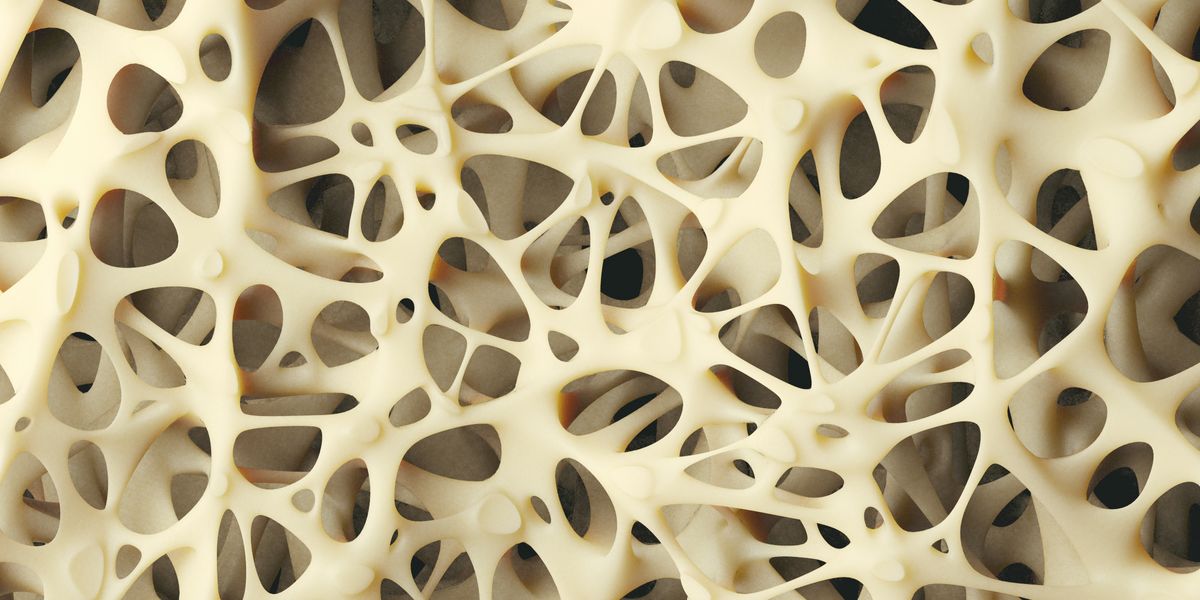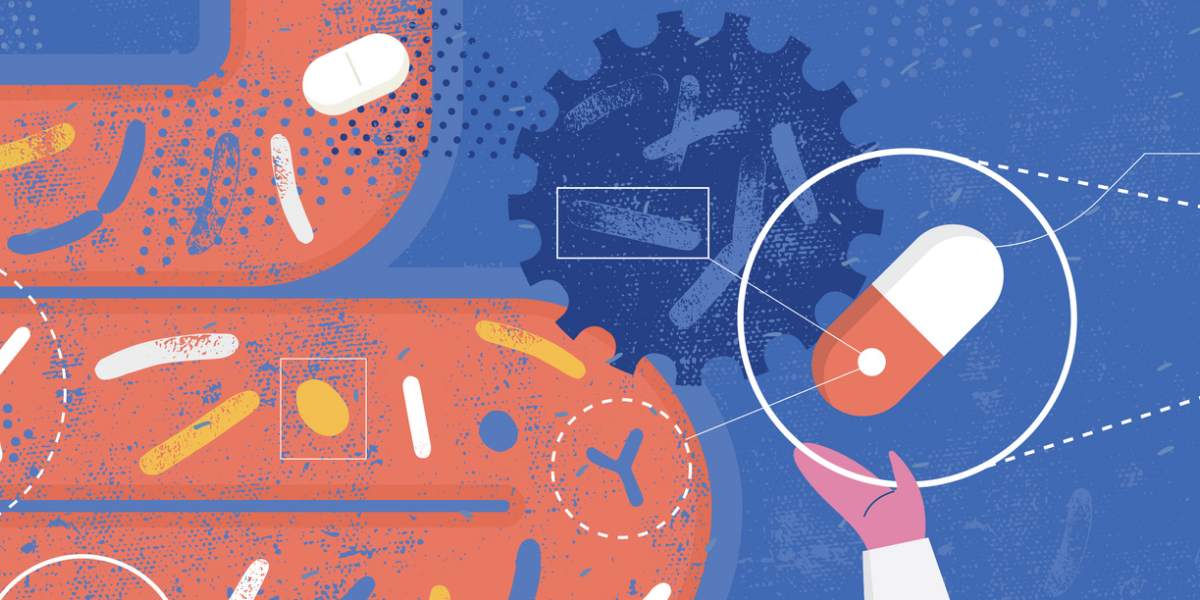The skeletal system is the organ system which includes all the bones of the body. Adults have 206 bones with the smallest bone being found in the ear and the largest being the femur (thigh bone).
Some of our bones do more than keeping us upright, they are also able to produce our blood cells and even release hormones which play roles in blood glucose regulation and fat storage.
Role of the skeletal system
The main roles of the skeleton are:
- Providing support for muscles, tendons and our internal organs
- Allowing the body to move
- Protecting organs, including the brain, heart and lungs
- Producing blood cells
- Storing minerals, such as calcium
Bone immune system
A number of bones in the body, including the thigh bones and the sternum contain bone marrow which produces red and white blood cells. White blood cells play an important part in the immune system as it these cells which recognise and destroy invading pathogens.
Bone and blood glucose levels
A less well known role of the skeletal system is its effect on our blood glucose levels. Bone cells can release a hormone called osteocalcin which helps in the regulation of blood sugar levels.
Osteocalcin has been found to increase the secretion and sensitivity of insulin and reduces fat storage. Lower levels of osteocalcin have been found in people with a higher BMI.
How diabetes affects the bones
People with diabetes mellitus, types 1 and 2, have an increased risk of osteoporosis, a condition which causes bones to weaken.
Risk factors for osteoporosis include the duration of diabetes and how well controlled blood glucose levels are.
Charcot foot
Charcot foot is disorder which can cause fractures to be sustained in the foot.
The condition can develop in people with neuropathy because the nerve damage masks pain which would otherwise be felt from a foot fracture.
It is therefore important that people with diabetes check their feet (or have them checked) daily so that any signs of damage such as swelling or changes in colour of the foot can be acted upon quickly to prevent more serious injury.
- Read more on Charcot foot





